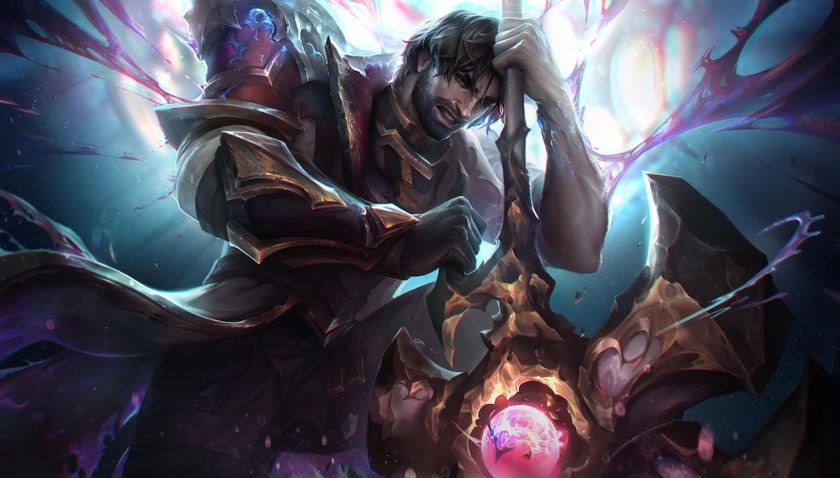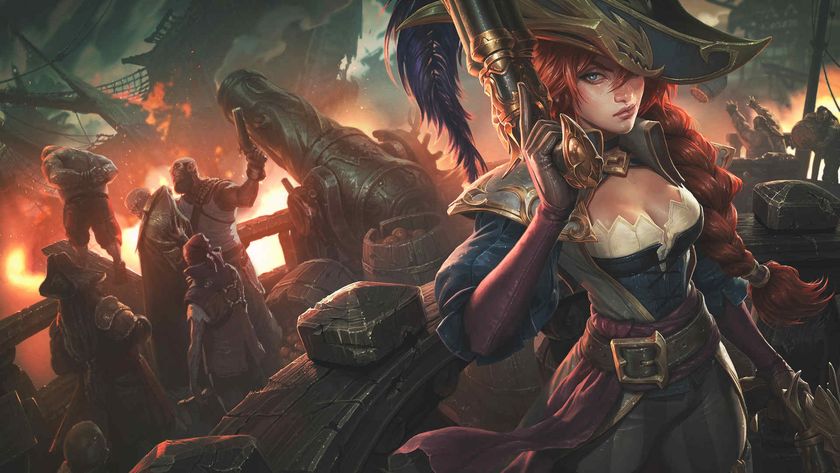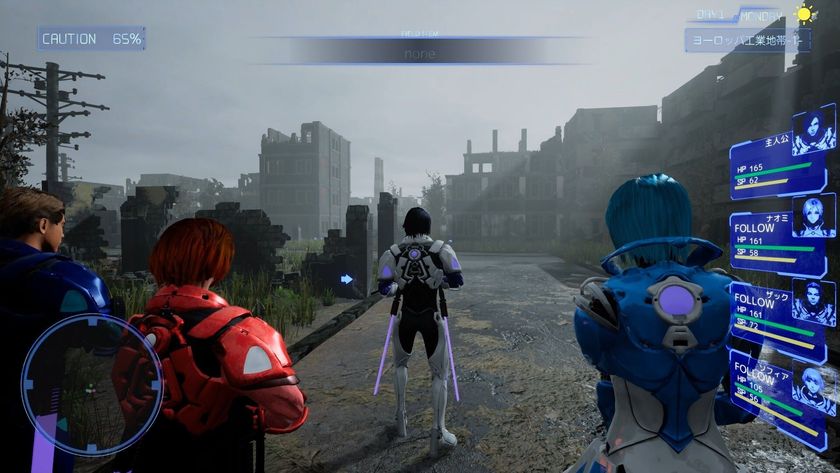Pokemon Unite microtransactions: How do they compare to other free-to-play titles?
Is Pokemon Unite in danger of becoming too much of a pay-to-win title?
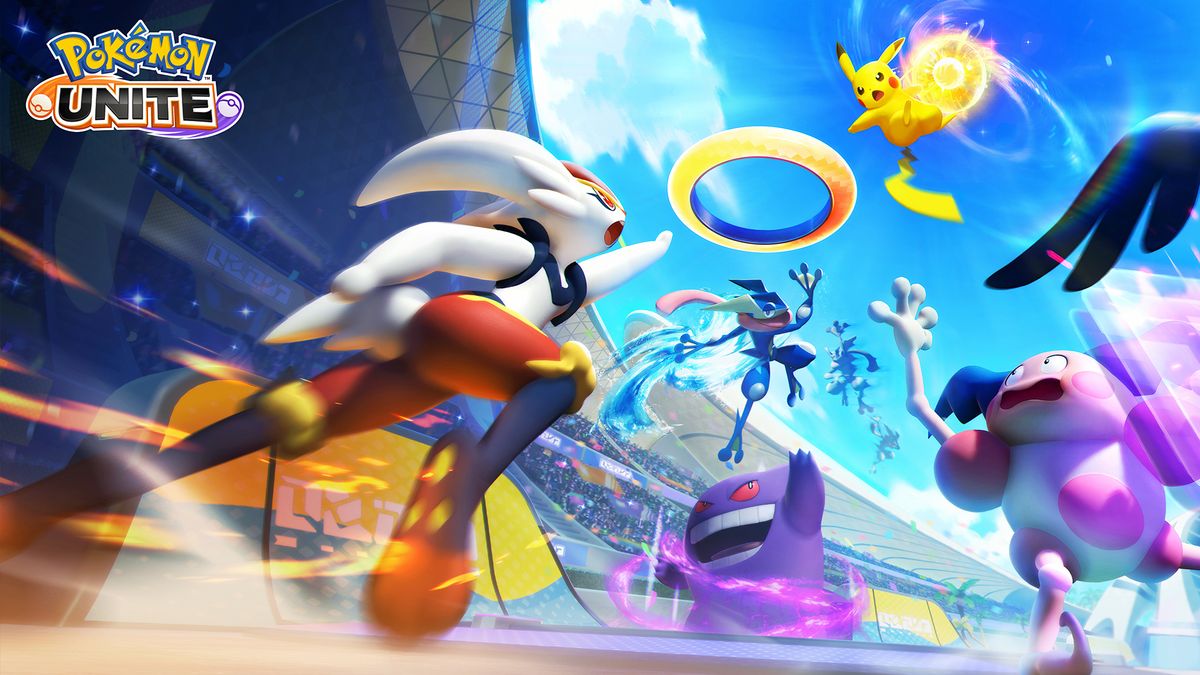
Pokemon Unite's fresh take on the MOBA genre has been widely praised, but that hasn't stopped the community from being concerned about the number of microtransactions in this free-to-play title.
It's something that has been a topic of conversation since the game was first announced in June 2020. Viewers quickly aired their grievances with the announcement of the new MOBA, driving up the number of dislikes on the reveal trailer released that same month. Initially viewed as a slapdash League of Legends clone, the mobile and console MOBA went radio silent for the better part of a year. However, in that year, and through calculated beta tests and social media posts, Nintendo and Pokémon turned Unite into a crowd-pleasing, free-to-play MOBA upon its release. But, how do the Pokemon Unite microtransactions actually hold up compared to other huge free-to-play titles?
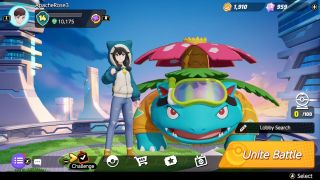
While microtransactions aren’t new to the gaming world, players have grown concerned that the ones implemented in Pokémon UNITE may lead to a large disparity within its player base. Free-to-play games like Fortnite, Apex Legends, and Genshin Impact all include microtransactions of varying price tags but are often tied to cosmetic items that bear little influence on the outcome of a game or match. That is quite different to the way Pokemon Unite can work.
United we fall
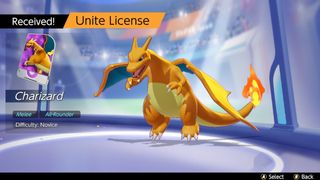
In Pokemon Unite battles, you utilize some of the franchise’s most engaging Pocket Monsters, with each of the roster categorized based on abilities and overall roles. For instance, Pikachu is an attacker with high damage potential but can’t take too many hits, and Crustle is a defender who can trap opponents, protect allies, and endure attacks. While there is a range of rotating free Pokemon to choose from, you can buy additional licenses (as your Pokedex is called in the game) using Unite's different currencies. And this is where the fan gripes come in, as you can in fact buy your way to an overpowered loadout and gain significant advantage from microtransactions in a MOBA game. However, it's worth noting that these purchased Pokemon can be used in Quick and Standard matches only, with the free roster only access to those getting involved in Ranked matches.
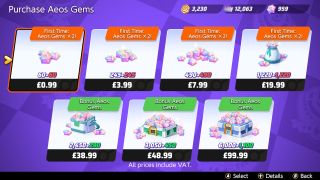
Pokemon Unite features five major currencies: Aeos Gems, Coins, and Tickets, and Fashion and Holowear Tickets. Gems (premium currency) are used to buy Pokemon Licenses and can only be purchased with real money in the game’s shop (think Apex Coins). Aeos Coins are awarded after matches, events, completed objectives, or from the game’s 90 level-tiered Battle Pass (priced at 490 Aeos Gems or around $8/£9) and can also be used to purchase licenses. Coins have become the go-to for players because it keeps the game free-to-play, but gamers have recently discovered a weekly limit of 2100 coins, making the grind to purchase one of the cheaper Pokemon Licenses that start at around 6000-8000 coins stretch multiple weeks.
Pokemon Unite’s meta is still taking shape but players are already noting the offensive capabilities of some of the game’s standout Pokémon that are locked behind in-game purchases. Snorlax and Wigglytuff have been my absolute favorite defenders to play because of their high endurance, different tank builds, and abilities that disable character movement and mitigate damage. Gengar, Zeraora, and Pikachu have been able to dish out massive damage when you consider Held Items and the way item enhancers work.
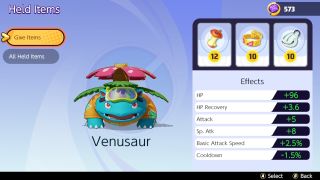
Like the main series, Held Items can be equipped to the Pokémon you’re taking into battle (up to three Held Items) and each of those items can be enhanced and upgraded. For instance, Leftovers recover your Pokemon’s health when not in battle and is a crucial tool for any Snorlax looking to pile on the HP. Held Items can also be enhanced to improve their overall effectiveness with item enhancers, which can be purchased for 10 Aeos Tickets or 1 Aeos Gem per enhancer. In this way, it’s possible for players to purchase every single item enhancer and upgrade all three Held Items on their Pokémon without having to grind for it.
Sign up to the 12DOVE Newsletter
Weekly digests, tales from the communities you love, and more
United we F2P
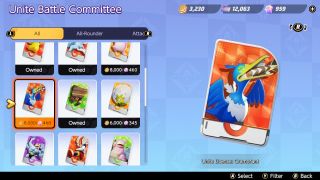
With most free-to-play games, players are still able to grind for in-game currency to unlock whichever hero, God, or character they want, as well as the few cosmetic items made available for purchase with that currency. But, because it is possible to pay-to-win here, players are criticizing Unite's microtransactions because fully upgrading a single Held Items costs about $43, bypasses the grind, and directly impacts the outcome of any match - especially paired with the right Pokemon.
That said, there are some similarities to be drawn between Pokemon Unite and Genshin Impact. Its “Gacha” loot box system (named after popular Japanese dispensers called Gachapon) shares some similarities to Unite’s energy reward system and can influence the game. In Apex Legends, players have access to three kinds of in-game currency: Crafting Metals (earned through packs), Legend Tokens (earned from leveling up), and Apex Coins (purchased with money). EA’s battle royale shooter still retains the excitement it introduced back in 2019 and has seen its player base grow to over 100 million players in 2021. In-game cosmetics are the hot ticket items players often spend their Apex Coins on but there have been criticisms over the price tag of different skins. Despite some of these concerns, players still buy Legendary items in the game’s store and are willing to pay for premium currency, especially knowing that cosmetic items have no impact on the game’s matches.
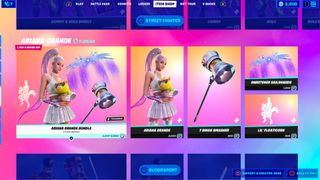
Epic Games’ celebrity fueled, pop-cultural phenomenon Fortnite remains one the highest viewed battle royale games on Twitch and across multiple social media platforms. Monetization comes in the form of V-Bucks, their premium currency, and an optional battle pass but none of these microtransactions improve a player’s performance. Fortnite’s free-to-play business model has revolutionized the way games are developed and how in-game content is packaged, with franchises like Call of Duty and PUBG adopting similar tiered monetization. Gamers have generally been receptive to Fortnite’s selection of premium skins, going so far as to sell accounts with much older and more prized skins that are no longer available. The game’s premium currency varies in price: 1,000 V-Bucks cost $7.99 and is the smallest denomination available, and featured store items often cost anywhere from 1500 to 2000 V-Bucks. The selection of Epic and Legendary cosmetic items is constantly updating and continues to be a hit with players, because they are all purely cosmetic.
If you're getting into the Poke-MOBA, check out our Pokemon Unite tips
Most Popular





